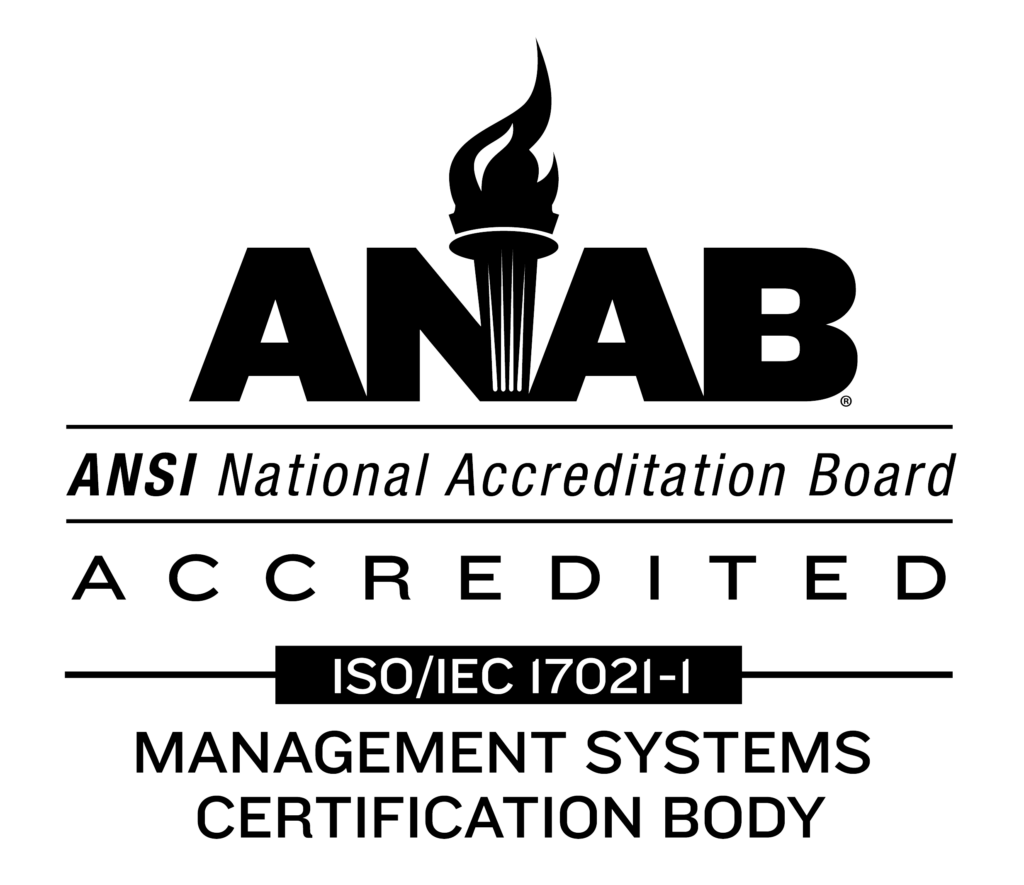*This is part of a series of blogs examining Sensor-2-Server (S2S) communications, development, security and implementation.
For the past two weeks, we’ve taken an in-depth look at what Sensor-2-Server communications are, how to implement these systems, and some of the specific aspects of communication that these systems facilitate. This week, for our final installment, we’ll examine some of the benefits, as well as security considerations, for S2S communications.
Benefits of Sensor-2-Server Communications
From a technology partnership perspective, Big Data vendors face the challenge of comparing data in motion versus data at rest. If the data has already moved through a SCADA system and has been aggregated, changed, stalled, or is not quite granular enough, it can be difficult to deliver high-value predictive analytics. The concept of predictive analytics is that an operator can make an accurate estimate that certain things can happen during operations. However, the operator needs to determine what the drivers are for the predicted actions to happen and must look at active data to determine if this is, in fact, happening. Without insight into the active data in motion, they are lacking an essential piece of the predictive analytics. This ability to compare data in motion at the access layer could benefit Big Data vendors when it comes to predictive analytics because it allows them to give higher value to their customers, which drives additional revenue. With S2S technology, they can deploy a tiered application infrastructure that allows data to intelligently move from one point to another.
S2S also enables operators to go beyond a legacy SCADA data network. To operate a SCADA network, it requires a lot of institutional knowledge to truly understand, manage and work within the environment. S2S expands beyond moving the data into SCADA systems and allows operators to leverage more advanced technology, like predictive analytics. Essentially, S2S communications provide the opportunity to take advantage of new advanced tools, but the operator doesn’t necessarily have to sacrifice the institutional knowledge built into the SCADA data systems.
As new generations enter the workforce, it’s likely that there will be a shift and some of that institutional knowledge will be replaced with technology that will allow operators to do more than they ever could before. The addition of new technology and IoT networks is where operators are starting to see the functional lines blur between the IT and production groups.
As more technology is leveraged, these two disparate groups will have to work together more often. There is now a drive for a more holistic picture of what is going on in IT, what is going on in the field, and whether the technology used will be compatible with future needs. SCADA will likely always have value for industrial communications but, going forward, there will be an increase in the use other technologies as well. Additionally, with more technology physically in the field, there is always going to be a focus on data security.
Security
Sensors at the access layer present interesting security challenges. For example, consider a data concentrator sitting on an oil pad that is collecting data. This device is collecting data from a number of sensors and has data logging capabilities, which also means the other devices sitting at the remote site contain historical data. Technology providers need to insure that the technology used is taking advantage of all the security features that are available to make sure their data is protected through a variety of means including encryption, authentication, virus and intrusion protection, and by being physically tamperproof.
With the growing interest in IIoT, the system is providing a communication path with highly valuable information. These sensors may be running an application on the edge of the network, and many of these devices are using IP. When there are Ethernet and IP devices going out to edge devices in the field, each one of those devices has the potential to become a threat to the entire corporate network if they’re not secure. Operators in IIoT environments need to be concerned with everything that could be introduced to the network at every single connection point. Data protection data is a fundamental and extremely important element in determining the effectiveness of S2S communication. Technology vendors must be mindful of security in every step of the design and installation process, and operators must require security features that will protect their data and networks.
In addition to data security, the threat to physical infrastructures in very remote locations is driving the need for new security solutions such as intelligent video surveillance designed to maximize security and minimize cost. S2S solutions need to be physically capable of delivering the bandwidth to enable these new solutions.
Where Do We Go From Here?
Industrial communication is changing in the sense that IIoT enables the possibility for every device in a network to be connected – including those in the outer access layer. This has created a convergence of OT and IT operations in many instances or – at the very least – has brought the two departments to a closer working capacity. IoT and technology at the access layer enable the option for Sensor-2-Server, a form of intelligent communications that can move the sensor data to a specific server for detailed analysis. New data and technology are allowing operators to do things they’ve never done before, such as predictive analytics. As this shift continues, SCADA is not becoming an obsolete technology; rather it will become a piece in the bigger technology picture. Any operator choosing S2S technology, or any technology for that matter, must carefully consider the options and keep security as a top priority.





